Permaculture - Natural fences (Lesson 21)
NATURAL FENCES
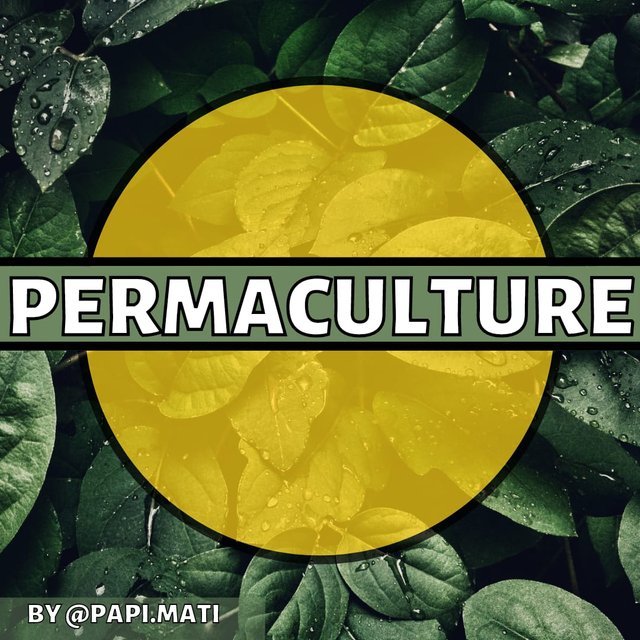 cover prepared with Canva
cover prepared with Canva A garden often, but not always, requires a fence. It will be useful in a situation where we live in a place where we could be robbed, but the motivation to erect a fence may be caused by the other factors - it can serve as a protection against wild animals, strong winds, it can serve as a natural barrier from the less representative, uglier part of the property or, finally, as a safeguard that allows the vegetable patch to be separated from the space where goats or sheep graze freely or where we keep chickens or dogs that can cause damage to the beds.
Investing in a stable fence can be quite costly. There are many options available on the market, like fences made of wood, metal (mesh or metal bar fences), concrete, or more expensive brick fences. Today, however, I would like to present to you more natural solutions, often much cheaper to produce and in line with permaculture principles. We will talk about hedges as well as homemade fences made from natural materials.
TRADITIONAL FENCES
Before we start. If you decide to buy a traditional fence, try to use it in the most creative way possible. Typical fences take up much less space than a hedge and allow you to sow plants next to it, so they can be a good solution for small plots. In such situations, consider planting right next to climbing plants that will produce fruit or vegetables growing vertically on a fence.
Brick fences will be the most expensive, but also the most durable. An additional advantage of such fences may be the fact that they store heat from sunlight and perfectly protect against pests. If you live in a place where there are poisonous spiders or other dangerous insects, be sure to parget the wall to minimize their habitat.
Wood fences are convenient and quick to set up, but their endurance is smaller than that of hedges.
If the main idea of the fence is to protect against winds, it should not be solid. Solid fences change the direction of the wind but do not reduce its force. If they are not durable enough, they can deteriorate in frequent winds.
BRAIDED FENCE
The cheapest protection against damage. You can braid for example rosemary-leaved willow, between pillars spaced every 5-6 meters. The fence protects well against winds, increases the temperature in the fenced area, and is relatively durable. It should last around 10 years.
HORIZONTAL FENCE
It is best to build fences 2 meters high, supported on wooden poles. Oak or pine wood will work well, but you can use any tree. By burying the poles upside down, 30 centimeters deep, you will increase the durability of the fence. Nail two transoms to the columns, preferably from the intersection of a six-inch beam diagonally. Attach 1.5" thick strips to the bolts. Impregnate the whole thing with tar or a special impregnation purchased in the store. It is best to repeat the impregnation every 2-3 years.
PICKET FENCE
One of the cheapest of homemade fences, but also the least effective fencing of the property. They can be made of pine boards (although any type of wood will be fine). The boards should be about 10 cm thick. If you want to additionally strengthen the fence, intertwine the boards with wire. Durability can be enhanced by placing columns (concrete or wooden) every 5 meters to keep the structure vertical. The columns should have holes in which the transoms are inserted.
Remember not to use wood with bark, because it has a very short service life. Don't forget to impregnate the wood.
HEDGE
Crataegus monogvna, or hawthorn, will work best. Use biennial plants with good roots. You can also sow hawthorn, bearing in mind that the seeds do not emerge until a year and a half after sowing if they were sown immediately after ripening. The land designated for the hedge should be adjusted to a depth and width of 0.5 m. The hawthorn is sown in the middle, in one row, spacing every 30 cm. This operation should be carried out in the fall.
After planting, the plant needs to be trimmed in the spring and left alone. Further care is limited to watering in periods of drought and removing weeds. If the plants are weak, you can use liquid manure to make them stronger.
For the next fall, bend all the grown twigs towards the length of the fence and attach them to the ground with wooden hooks, sprinkling lightly with soil so that they sprout their roots in summer.
On the third spring after planting, shorten the shoots to stimulate them to grow vigorously. Repeat the operation in the fourth year, also trimming the side branches to adjust the width of the fence. Usually, in four years, the fence reaches a height of 1 meter. If this is the width we are satisfied with, we can leave the plant alone. However, if you want the fence to grow 1.5 meters, repeat the pruning operation again.
A height of 1.5 meters is the maximum recommended height. Higher hedges made of that plant are usually not very dense at the base, losing their properties. The width should be about 0.5 meters. Proper pruning once a year should keep the structure unchanged. We should carry out them in the spring before the leaves unfold.
If there are gaps at the base of the hedge, remove dry hawthorns, dig holes 0.4 meters deep and plant new, strong plants in the ground. You can also alternatively cross the twigs closest to the break, tie them and strengthen them with stakes driven into the ground. After a few years, the break should be overgrown.
The hedge succeeds in good quality soil, especially clay, not too wet. Watch out for hedges near orchards. Generally, this form of fencing is not recommended for fruit trees due to the fact that insects nest in hedges and harm the fruit. This does not apply to hedges made of hornbeam or spruce trees.
DECORATIVE HEDGES
If you care about the decorative qualities of a hedge, use hornbeam or maple. In such a situation, use two or three-year-old seedlings and plant them with a spacing of 0.5 meters. It is not used with these plants to bend the twigs to the ground, but the growths and side twigs are pruned annually in the spring. Usually, after 5 years, the hedge reaches a height of 2 meters, which in the case of these plants is the optimal size (hornbeams can grow a little higher).
A few meters from these hedges, the cultivation of any plants is difficult, so use it in the aesthetic and recreational parts of the garden or in orchards.
Beautiful hedges are also made of conifers, especially Thuja, spruce trees in moist soil, and fir trees in drylands. These three-year-old trees from nurseries are planted every 1 m. Once they have grown together, they can be trimmed from the sides or even from above, at least not too low, e.g. 1,5 m.
HEDGES IN MOIST LAND
If your garden is damp, use willow. Trowel hand-thick branches to the side. Once they have sprouted small twigs, trim them to the desired height each year. The height of such fences is 2 meters, the width is slightly greater than that of the rest of the plants described in this article.
You can also braid the twigs of the plant-like braids, thanks to which you will get a very dense and durable fence.
HEDGE ON SANDY LAND
As it is well known, the more sandy the soil, the more difficult it is to plant tall plants, as they easily succumb to the winds and can be pulled up by it. Acacia will work best in this situation. However, remember that acacia can freeze easily - it should not be used in cold climates.
To additionally protect the plot from unwanted guests, plant blackberries between acacia trees. These thorny plants will not only give us safety but also provide us with fruit.
Alternatively, you can also use hazel or lilac instead of acacia. These plants, however, spread out widely and it is quite difficult to control their size.
ADDITIONAL ADVICES AND INFORMATION
- On many websites and in many books it is recommended to dig the garden in a ditch and then prepare a hedge behind it. I do not recommend this form of security - you lose a lot of soil on it.
- if you have cows, goats or sheep, remember to properly secure the hedge until it grows high enough
- if we strengthen the hedge with fertilizers, its durability is estimated at over 30 years
- a hedge not only protects against wind and intruders but also regulates the temperature and moisture of the soil and even ... filters dust and poisonous exhaust fumes. The field maple and wild rose in particular provide the dust filtering function. Wild rose also protects against car exhaust fumes
- hedges provide food for birds and mammals. Examples of plants that fulfill this function and are suitable for fences are: ash, alder, birch, hazel, beech, oak, wild cherry, native conifers, wild rose, elderberry, sea buckthorn, viburnum, privet, dogwood, euonymus, raspberry, blackberry and other
- prepare an undergrowth of forest plants and herbs under the hedge
- Natural fences add to the biological richness of your garden, and they can be productive. Consider the merits of a crab apple or a hazel
- Hedges sterilize a lot of ground: that is to say, they shade a wide stretch, but more drastically their roots spread out and draw the moisture and nourishment out of a wide area. Not many things can be planted around
All my lessons are shared totally for free with a CC-0 license (which means you can copy my text and share it wherever you want to, without the need to mark me as an author). I hope it will bring you joy.
Previous lessons can be read here:
Fertilizers
2 - types of manure and when to use it
3 - Compost. Basics
4 - advanced composting
Soil and minerals
10 - Boron, Molybdenum, Copper, Magnesium
11 - Zinc, Calcium, Iron and other elements
12 - soil components: sand and clay
14 - soil components: calcium, microorganisms, minerals
15 - soil components, part four: water and air
Space
16 - Zone analysis
17 - Sectors in Permaculture
18 - Zones and sectors, practical use & examples
19 - Perfect size of your garden
20 - What to choose lawn or meadow?
Thank you for reading,
@papi.mati
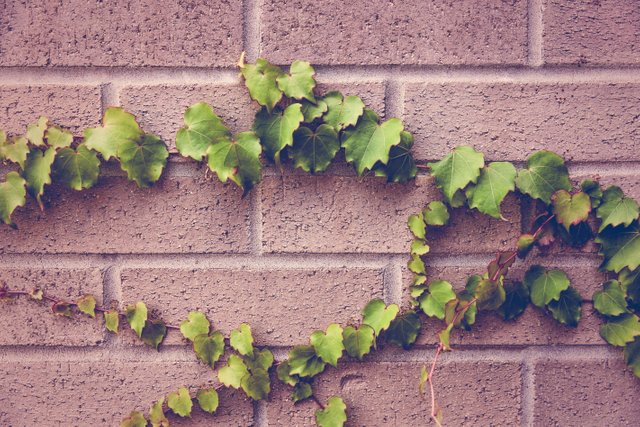
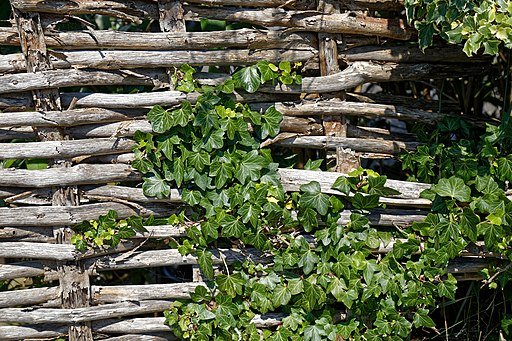
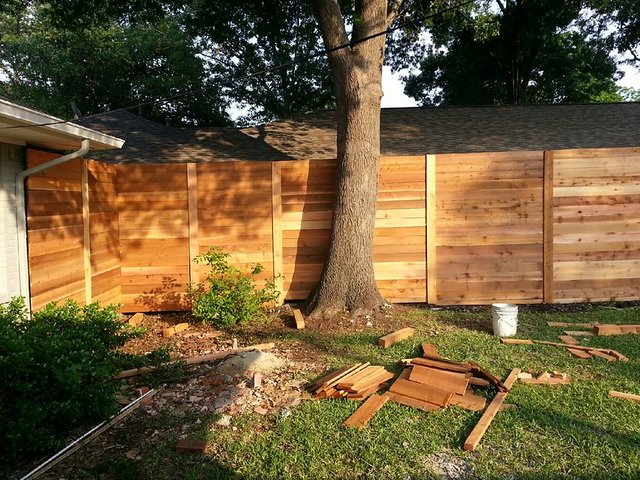
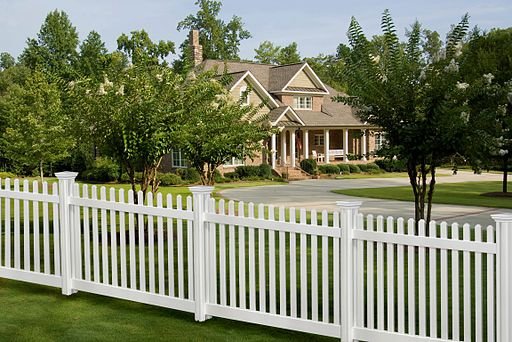

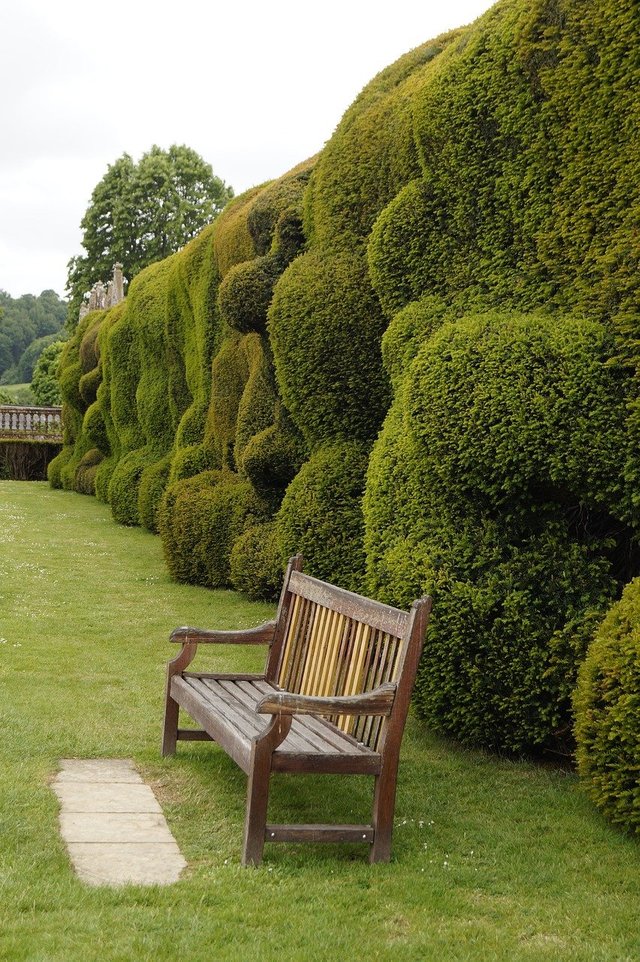
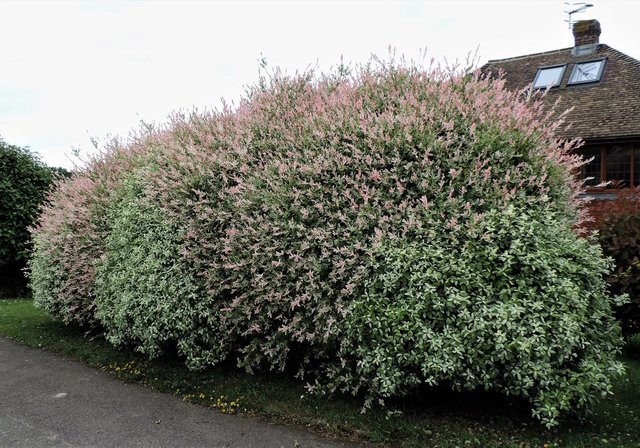
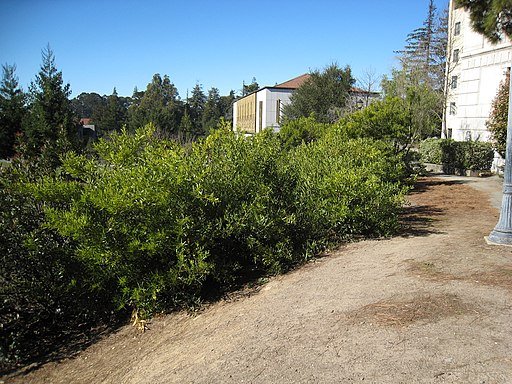
A complete and detailed publication. Thank you for bringing your knowledge to this community!
#affable
Thank you for such a lovely comment! Have a great day, my friend!
You explained in detail about the fence. In fact, the fence is very important for gardens because it protects the garden from many animals.
The fence is also used for many other purposes.
Indeed, thank you for your comment. I'm glad you enjoyed my post.